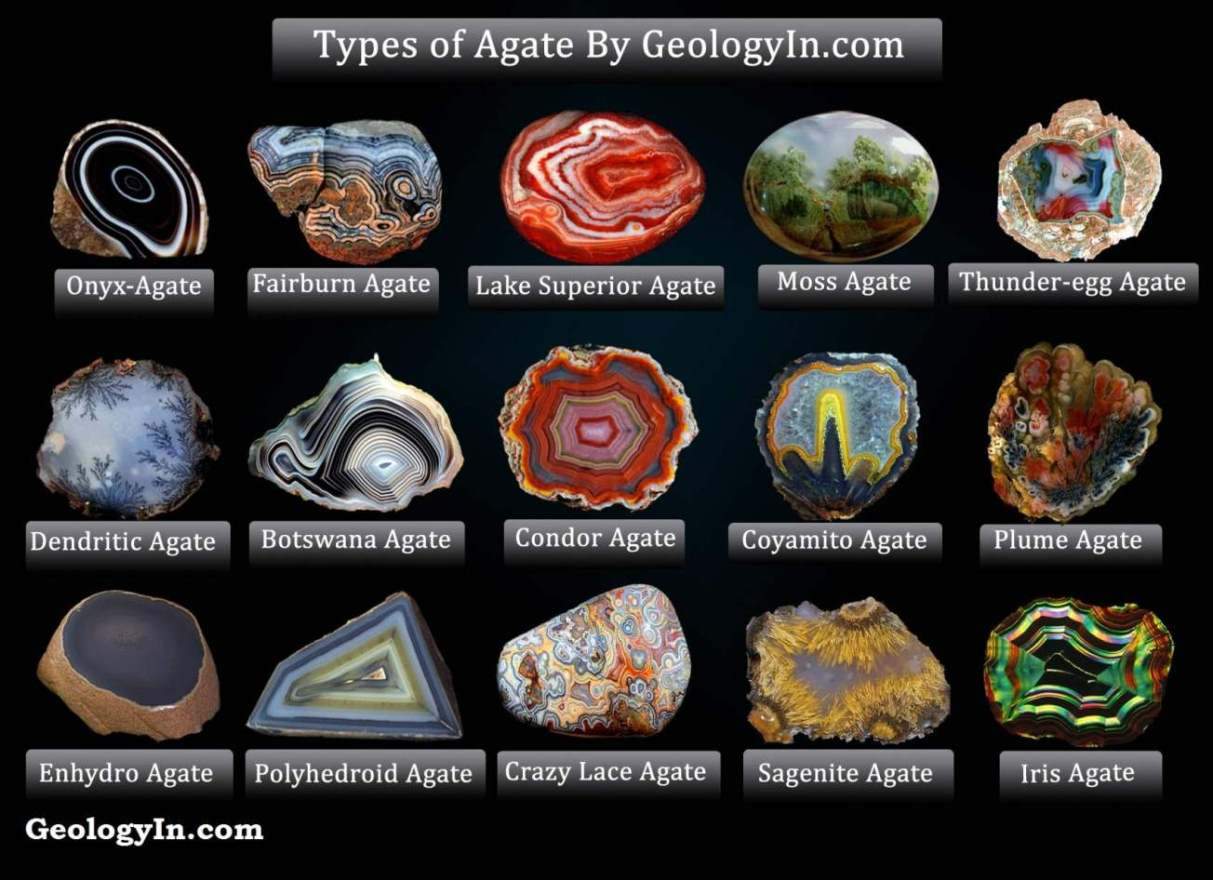How Do Geologists Identify Minerals?
 |
| How Do Geologists Identify Minerals? |
Even geologists can have a difficult time identifying minerals. There are over 4,000 known minerals, and approximately 80-100 new ones are discovered each year. Of all these, only a few hundred are considered common.
To help with identification, geologists must look closely at the physical properties of a mineral. These properties can include: color, streak, hardness, cleavage, specific gravity, crystal form, and others.
Read The Difference Between Rocks and Minerals
Color
Some minerals can be recognized by their color: azurite is always a deep blue and malachite is green. Generally, color alone is not the best tool in identification because color can be highly variable. Some minerals can occur in a variety of different colors due to impurities in the chemical makeup of the mineral. For example, calcite is commonly white, but can be blue, brown, yellow, orange, red, gray to black, or colorless.
Luster
Luster refers to the brightness of light reflected from the mineral's surface. The main types of luster are metallic and nonmetallic. Some of the more important nonmetallic lusters are:
- Adamantine: brilliant, like that of a diamond.
- Earthy: dull, like kaolin.
- Silky: having the sheen of silk, like satin spar, a variety of gypsum.
- Greasy: oily appearance.
- Resinous: waxy appearance, like sphalerite.
- Vitreous: the appearance of broken glass, like quartz.
- Nacreous (pearly): like mother of pearl; for example, pearly luster on fossil gastropods and cephalopods.
Streak
A streak test is accomplished by rubbing the mineral on a porcelain plate, also known as a streak plate. The color of the streak left by the mineral is sometimes different from the color of the mineral itself. A streak test comes in handy when identifying minerals such as hematite. Hematite can be found in various colors from black to red, but it always leaves a red streak.
Read about streak here.
Hardness
Hardness is a measure of a mineral’s resistance to abrasion. A numerical value for hardness is determined using a scale that ranges from 1 (softest) to 10 (hardest). Developed by a German mineralogist, Friedrich Mohs, the Mohs Hardness Scale assigns hardness values to 10 representative minerals as well as other common materials (penny, knife blade, etc.). Talc is the softest mineral and diamond is the hardest mineral.
Read more about The Mohs scale of mineral Hardness
Cleavage
Cleavage can be observed in minerals that tend to break along one or more flat surfaces or planes. The number of cleavage planes, and their orientations relative to each other, can be diagnostic of particular minerals. Minerals that display cleavage include: calcite, halite, fluorite, topaz, and galena. However, not all minerals have cleavage, such as quartz and pyrite.
Read about Cleavage of minerals here.
Specific Gravity
Specific gravity is the relative weight of the mineral to an equal volume of water. For example, gold has a specific gravity of 15-19.3 and is thus 15 to 19.3 times as heavy as water. It is possible to make a fairly good estimate of specific gravity by checking the mineral’s weight in your hand.
Crystal form is responsible for the mineral’s geometric shape and arrangement of crystal faces. The crystal form will always remain the same in every sample found of the same mineral, although the crystal form is better displayed in some samples than in others. Sometimes, growth patterns, called the mineral habit, disguise the ideal form of the crystal. However, these habits can also aid in identification. Some commonly found habits include: botryoidal (which resembles a cluster of grapes), striated (parallel grooves on crystal faces), and acicular (needlelike).
Tenacity
How well a mineral resists breakage is known as tenacity. Tenacity is described using these terms:
- Brittle - Mineral crushes to angular fragments (quartz).
- Malleable - Mineral can be modified in shape without breaking and can be flattened to a thin sheet (copper, gold).
- Sectile - Mineral can be cut with a knife into thin shavings (talc).
- Flexible - Mineral bends but doesn't regain its shape once released (selenite, gypsum).
- Elastic - Mineral bends and regains its original shape when released (muscovite and biotite mica).
When carbonates (especially calcite) are treated with cold, dilute hydrochloric acid, they will effervesce, foam, and bubble, and give off carbon dioxide gas. When sulfides, such as galena, pyrite, and sphalerite, are treated with dilute hydrochloric acid, they will give off the rotten-egg odor of hydrogen sulfide.
Fluorescence
Some minerals, such as calcite, gypsum, halite, uranium minerals, and fluorite, will fluoresce in brilliant colors when viewed with an ultraviolet (UV) light. UV light is not normally visible to the human eye, and you should avoid looking directly at the UV source, as it can damage eyesight.
Other Physical Properties
Does the mineral have a taste (for example, salt)?
Is the mineral fluorescent (for example, scheelite)?
Does the mineral give off an odor (for example, sulfur)?
Is the mineral magnetic (for example, magnetite)?
Does dilute hydrochloric acid cause the mineral to fizz or effervesce (for example, calcite)?
Is the mineral radioactive (for example, uraninite)?
Now you are ready for mineral identification.
Once you have observed and noted these mineral properties, you can take your information to a book or to an online resource. Start with my table of the rock-forming minerals, because these are the most common and the ones you should learn first. Each mineral's name is linked to a good photograph and notes to help you confirm the identification. If your mineral has metallic luster, go to my Minerals with Metallic Luster gallery to see the most likely minerals in this group.
See also: How to Identify Minerals in 10 Steps (photos)








%20(1).webp)






